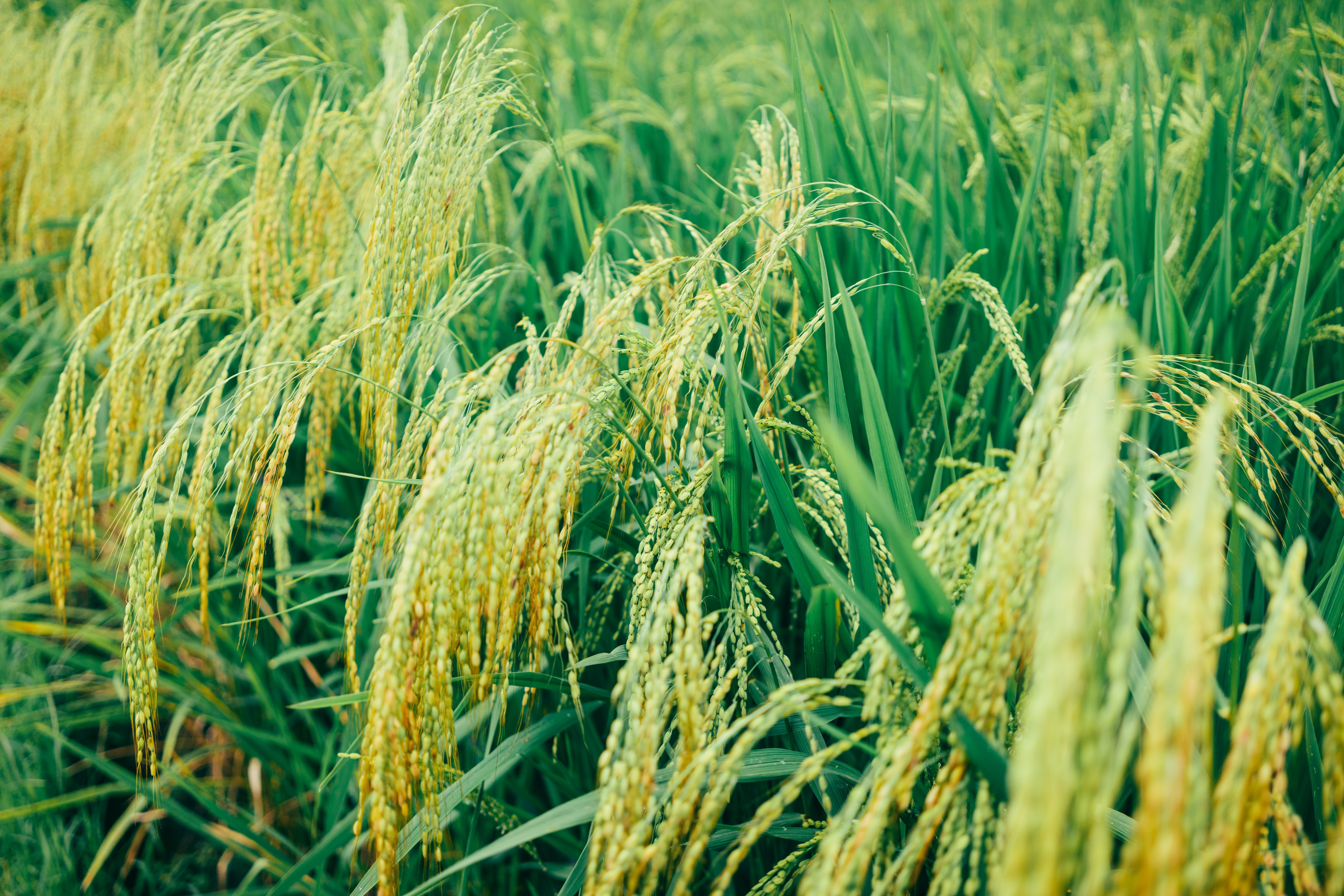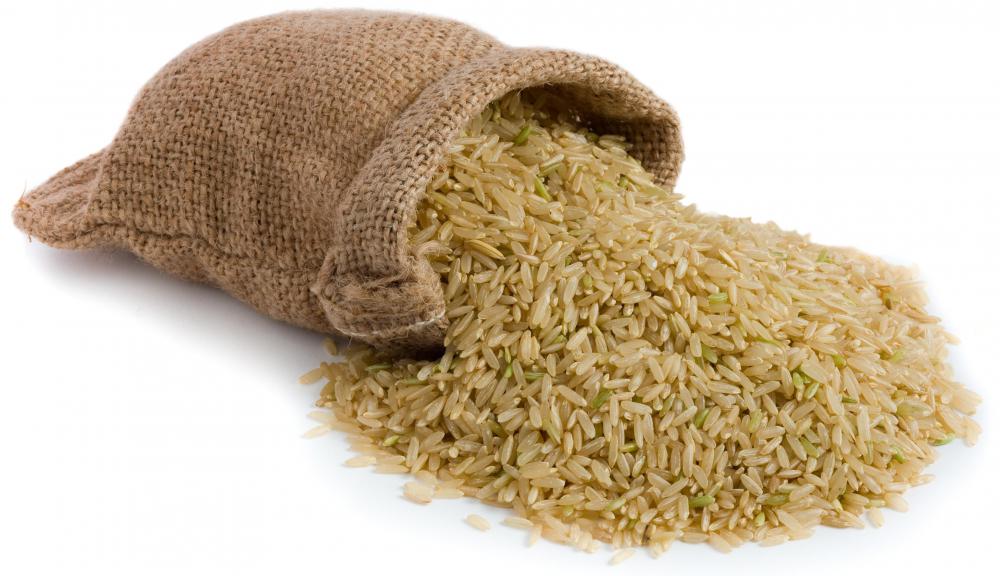
Milled Rice Value Chain
The current annual rice paddy production in Kenya is 188,000 tons and gross value of output is Ksh. 11,130 million whereas in Busia County the current rice paddy production is 5,751 tons. In the year 2020 the rice paddy production in the country was 180,890 tons and gross value of output was Ksh. 10,457 million and for the County rice paddy production was 3492 tons (KNBS Economic Survey, 2022). The most commonly adopted system of rice production the County is irrigated schemes system (40%) while there are other rice production systems; rainfed lowland and upland that share the remaining proportion of 30% each. At the sub county level, irrigated scheme system takes 100% in Bunyala, where the main irrigation scheme in the County is situated. Rain-fed lowland system is mainly in Teso south (100%) and rain-fed upland is practiced in Nambale (82%) and Teso North (71%). In the County rice is a priority crop in that; it is a food security crop and a major cash crop for the residents. Among the priority crops in the County, it is a major source of revenue generation Ksh. 115 million in 2022 and 144 million in 2021 (Ministry of Agriculture). Despite its importance and the potential, the rice value chain faces a myriad of challenges that have hindered the development of the value chain. If these challenges were to be addressed, it would completely transform the value chain and it would have ripple effects to interrelated value chains, sector and the county economy as a whole. Among other challenges SHEP-Biz Component 2 (Value Chain and Agribusiness promotion) aims to address is that of continuous outflow of paddy to Uganda and the outcome has been detrimental to the value chain. From the SHEP-Biz survey (2021) 84% of rice paddy produced crosses over to Uganda in unprocessed form while 16% is processed locally. Some of the rice paddy processed in Uganda makes it back to the country as milled rice while most of the rice never makes it back into the country. This has negatively affected the development of rice value chain at each node within the county. Contrary, if processing of all the rice paddy was to be done locally within the county, it would completely overhaul the whole value chain. The project is implemented in 3 sub-counties; Bunyala, Teso South and Nambale. There is also an active Rice Value Chain Platform in place and the composition include; chairperson, vice chairperson, organizing secretary, vice organizing secretary, treasurer, executive members and EX Official members. The purpose of the platform is to strengthen the interaction and coordination of the value chain stakeholders/ players within the county. Through these the platform would ensure efficiency and sustainability of the rice value chain within the county. The County Government of Busia in collaboration with SHEP-Biz will take lead role but will be closely working with other partners in implementing the project’s strategic action plan during the project period.
Read Latest News & Blog
Annual Rice Paddy Production in Kenya
The current annual rice paddy production in Kenya is 188,000 tons and gross value of output is Ksh. 11,130 million.
Continue reading ...


